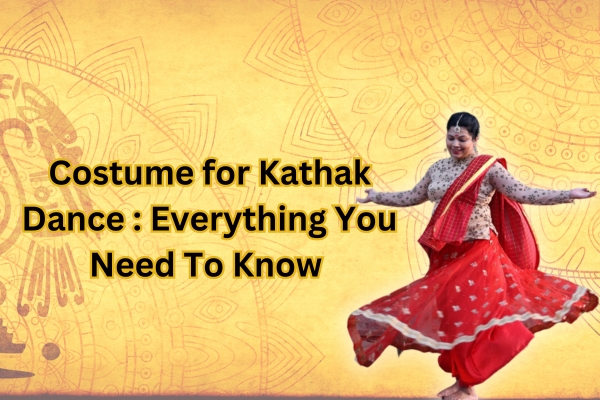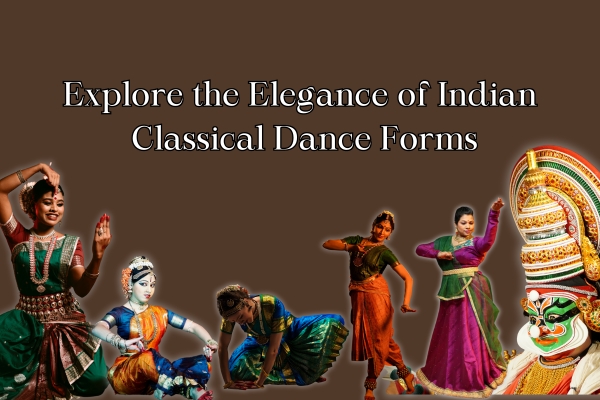Boost Your Performance: Breathing Exercises for Dancers
Dance is a captivating and demanding art form that requires not only skillful technique and flexibility but also a deep connection between body and mind. One often overlooked aspect of dance is the importance of proper breathing. Breath is the life force that sustains us, and for dancers, mastering the art of breath control can […]
Boost Your Performance: Breathing Exercises for Dancers Read More »










